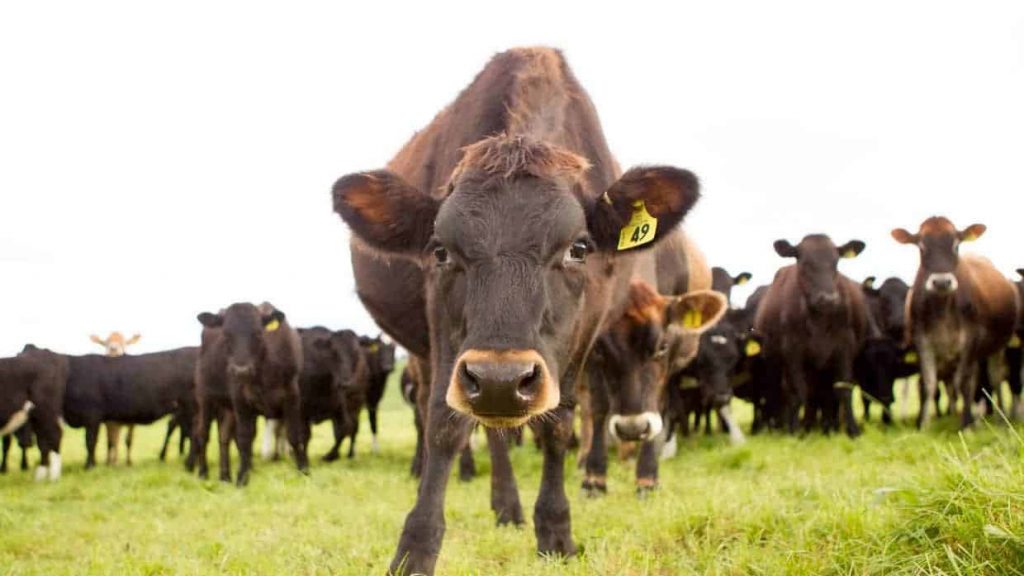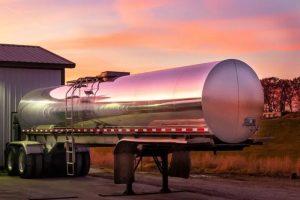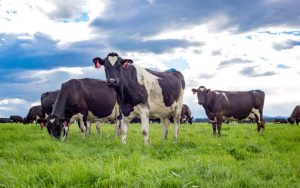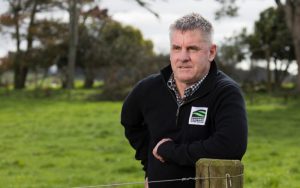
Agriculture economist at ANZ, Susan Kilsby, said the good pasture growth brought on by high rainfall in many regions this summer and autumn pushed down the price of supplementary feed prices, particularly balage.
But having enough pasture for livestock to feed on meant farmers held on to stock, which made it difficult for other farmers to buy replacement stock, she said.
Fertiliser and fuel prices recently came down after historically high prices, with the cost of farming last year the highest it had been since 1993.
Indexmundi reported prices for fertiliser, diammonium phosphate, came down 11% in December, it was one of the world’s most widely used fertilisers.
“It is a mixed bag at present, some costs are still rising, such as interest rates, while other costs have softened a little such as fertiliser, fuel and supplementary feed,” Kilsby said.
But overall costs were still expected to remain higher this year.. ANZ expected the Reserve Bank to lift official cash rate at its May review, and start easing in the fourth quarter, she said.
Interest rates were unlikely to come down significantly this year, she said.

ANZ agricultural economist Susan Kilsby says farmers will benefit from some farm costs coming down.
Fuel and fertiliser prices softened but were still way above the levels they were two years ago, she said.
“We are seeing farmers limit autumn fertiliser applications to contain costs. In some cases fertility levels are high on farm, so this is feasible to do in the short-term but is likely to negatively impact production over the longer term if soil nutrient levels are reduced.”
Because of the uncertainty in the longer-term forecasts and the relatively small variation in pricing in the current season, ANZ was not expectingt a significant increase in the milk price, Kilsby said.
The bank forecast $8.25/kg per milk solid for the current season and a $8.50/kg per milk solid price for the 2023-24 season.
Farm debt levels had increased recently, but if costs came down and incomes went up farmers were likely to repay debt, she said.
Taranaki sheep and beef farmer Niels Hansen said good rains and pasture growth was not automatically a win.
In times of above average rainfall there were more parasites, like internal worms, that affected lamb growth and lambs took longer to gain weight.
In years with just enough rain there was both good pasture growth and fewer worms to worry about, he said.
Hansen said he was relieved that good rains meant his farm had sufficient pasture going into winter, and he did not need to apply nitrogen fertiliser this year.
Farmers still recovered from high cost to farm over the past few years, he said.
Hansen said he noticed that there were many young farmers who had bought their first farm, had only one mortgage, and were struggling with high interest rates.
Older farmers often had a number of mortgages and could “roll them over every five years,” he said.

























